The flat white, although present for about forty years, has only truly gained popularity in Quebec over the past five years. This milky espresso-based drink has won the hearts of coffee enthusiasts with its creamy texture and delicious taste.
However, many wonder about the best way to prepare and enjoy it, as well as its differences from similar drinks like cappuccino, latte, and cortado.
The history of the flat white
The origins of the flat white are somewhat unclear. There's disagreement about who invented this coffee. Was it the Australians? The New Zealanders? We may never know for sure! Even after 40 years, they still argue about who made it first… As for the name, historians admit that the exact origins of the term will likely remain unknown as well. So, the origins of the flat white are a mystery, but it's known that there's a right way to make it, a single true “recipe,” which sets it apart from other milk-based coffees. We'll give it to you below!
Flat white recipe
Ratio
⅓ espresso
⅔ hot milk
Steps
In a ceramic cup, pour a double short espresso to fill one-third (1/3) of the cup;
In a milk pitcher, heat milk or another plant-based beverage to approximately 140°F;
Pour the milk, using a spoon, over the espresso and be careful to hold back the milk foam in the pitcher and only pour the hot milk; the crema will remain intact.
The difference between the flat white, cortado, and latte
Firstly, compared to a latte, the flat white contains 2 shots of espresso and less milk; compared to a cappuccino, it has less foam and more milk. In terms of proportions, one could say that making a flat white requires 1/3 espresso to 2/3 milk heated to 130°F / 54°C.
The proportions for a flat white are identical to those of a cortado, except that the flat white is prepared in a 5.8 oz or 172 ml glass with hot milk without foam, making it more liquid than the cortado, which uses microfoamed milk. The way the milk is poured makes a significant difference in how this coffee is made: “we use a spoon to block the thickest part of the milk that could fall into the coffee, and we pour the liquid part so as not to damage the crema.”
The container also impacts how the coffee is defined. The cortado is typically served in a glass... a Gibraltar-style glass! The flat white, on the other hand, is usually served in a ceramic cup. Of course, this depends on where you are (in the world and in different coffee shops) and there are no strict rules about it.
In summary
A flat white is stronger than a latte because it contains a double espresso and less milk than a latte. It's also smoother than a cappuccino but more liquid than a cortado, and it's this middle ground that has made it an increasingly popular drink in Australia, New Zealand, and now here!

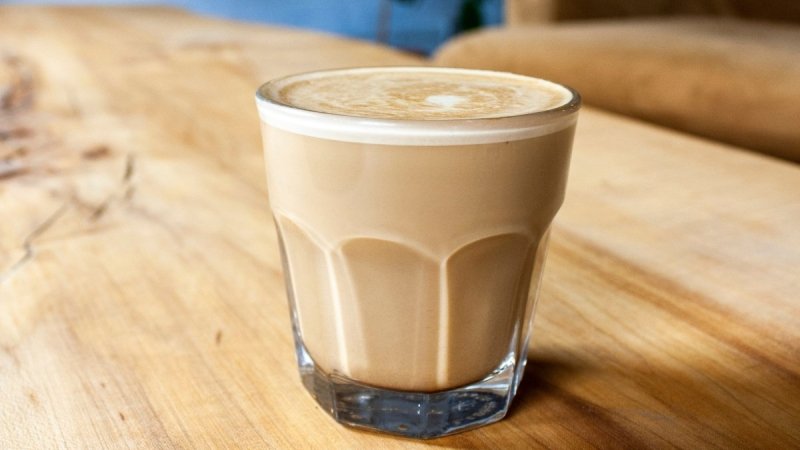
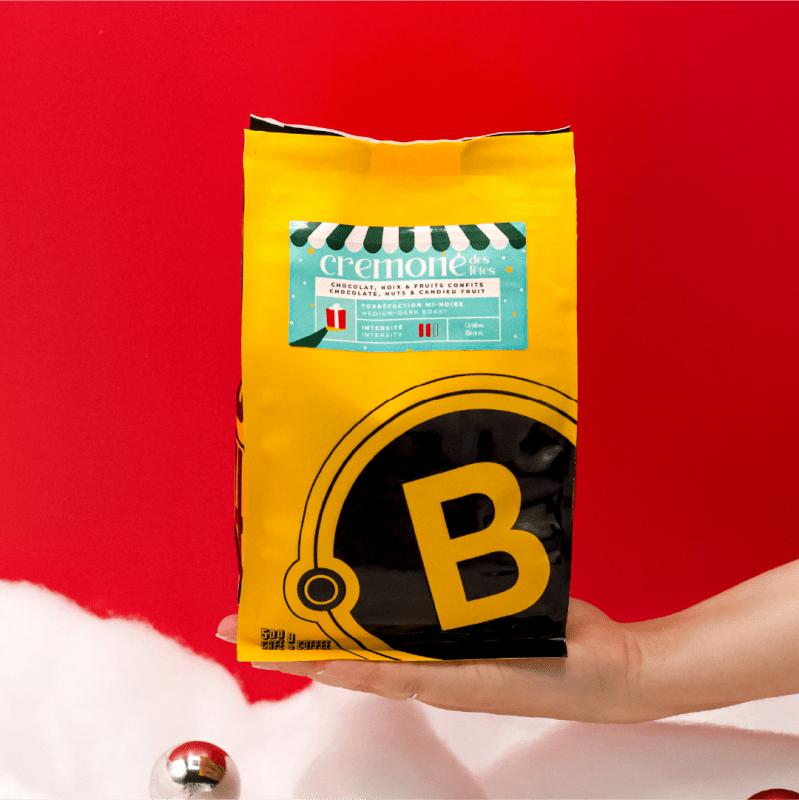
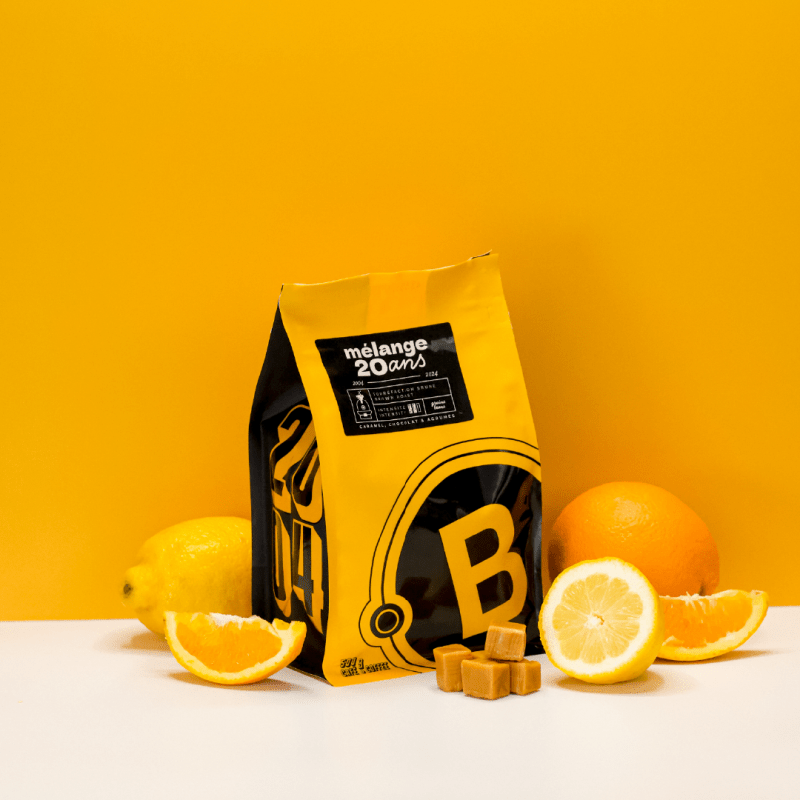



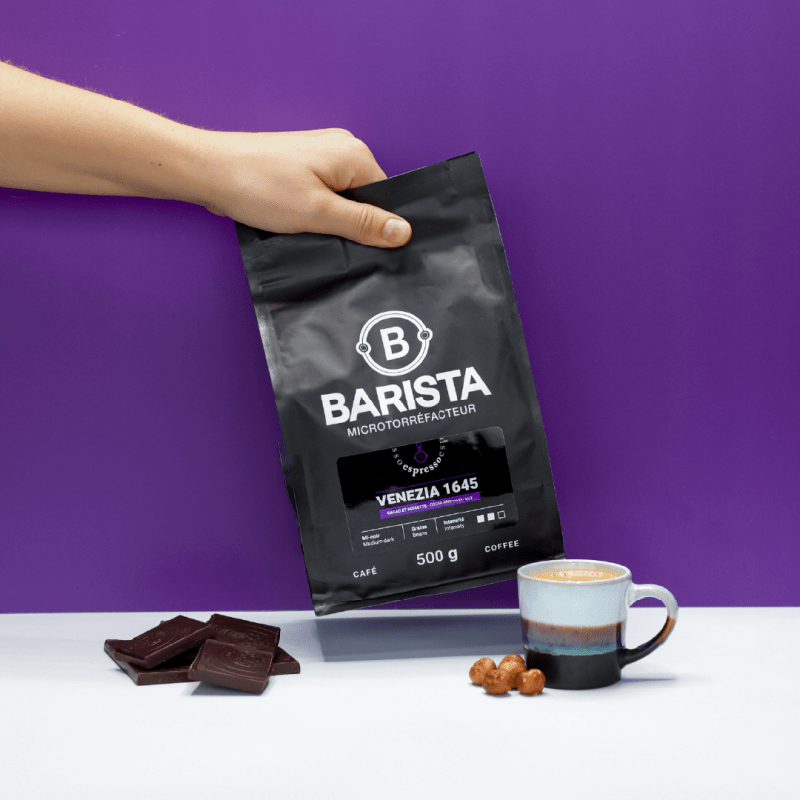
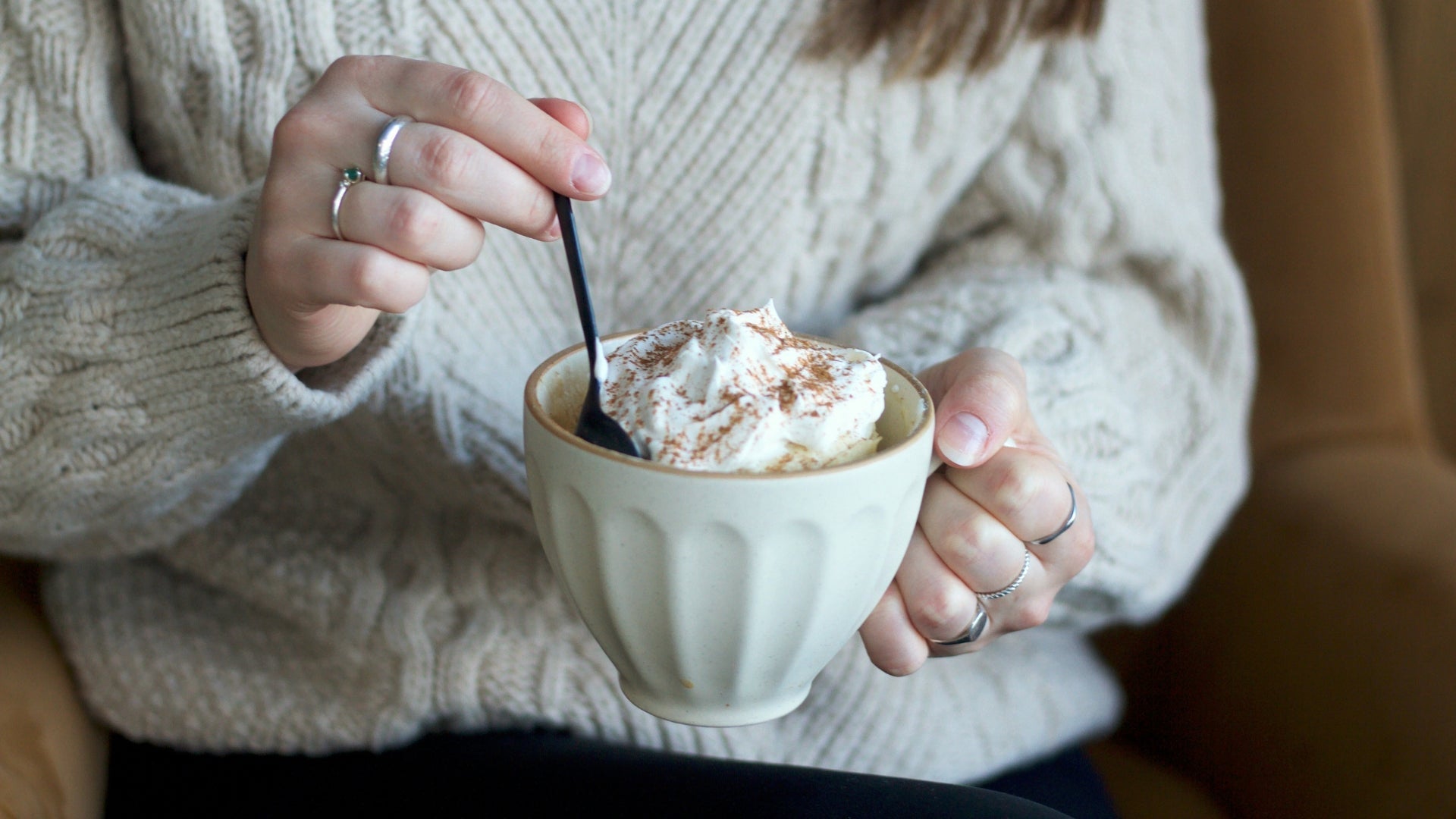
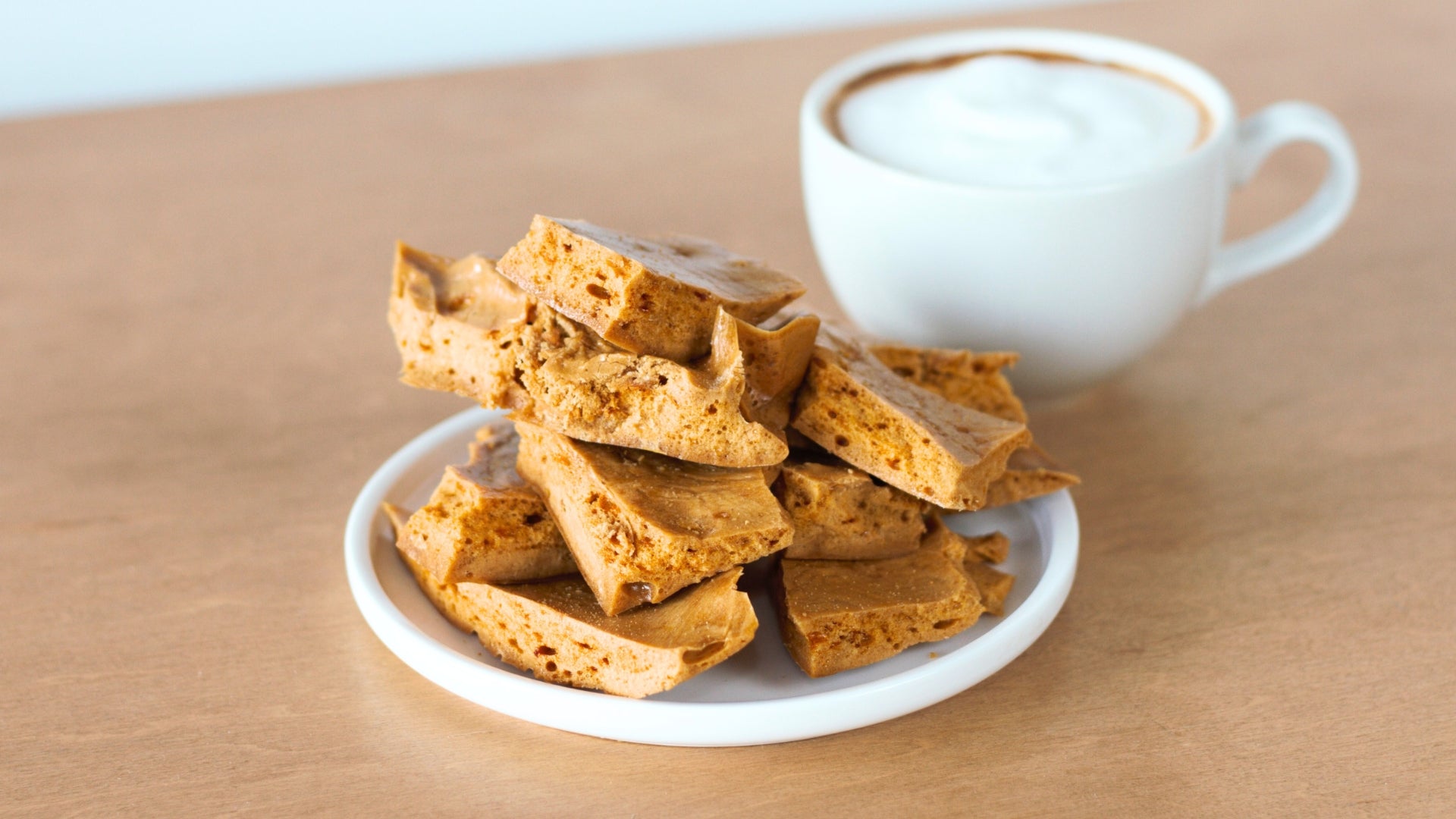
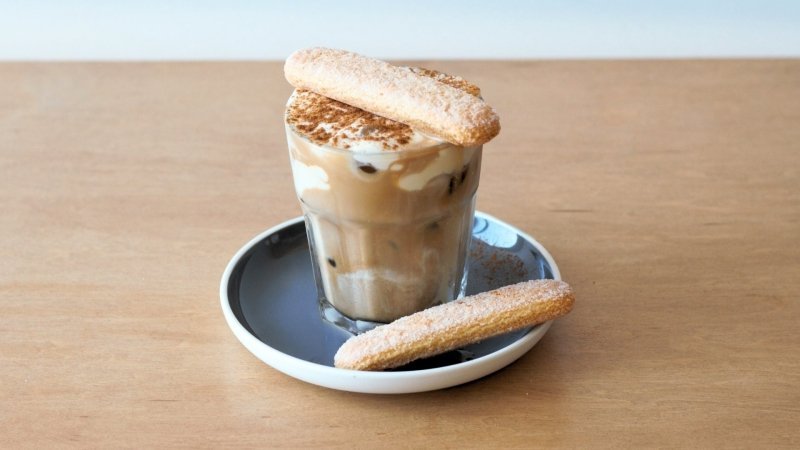
Share:
My 1st Café 20th Anniversary Special: Favuzzi
How to make a cortado?